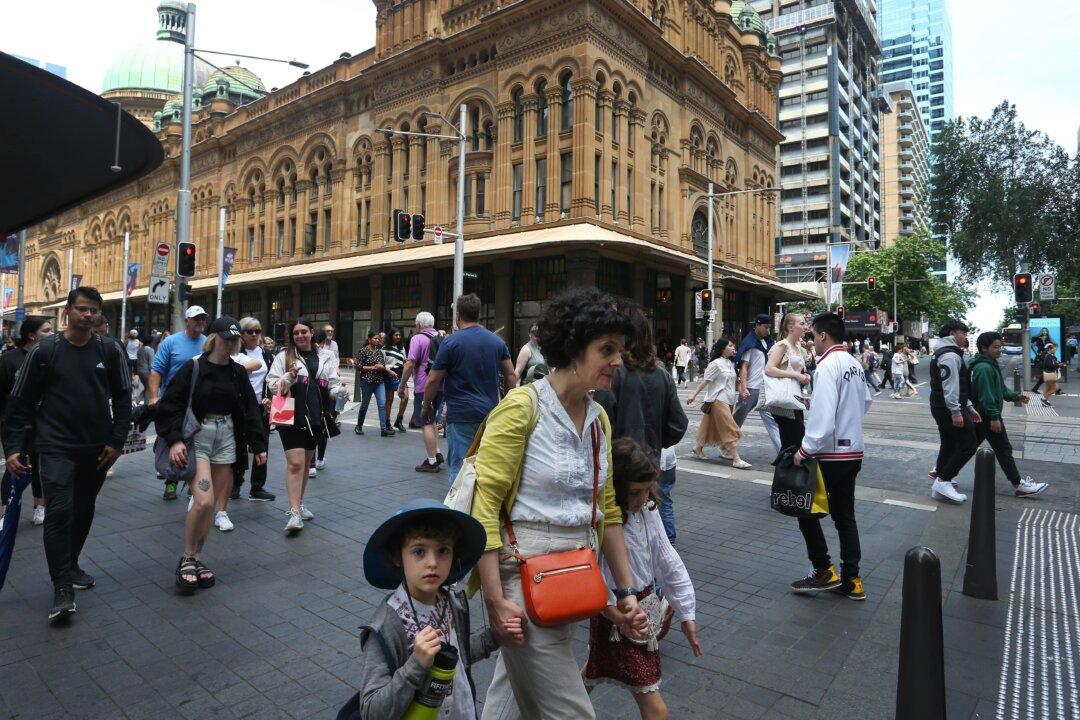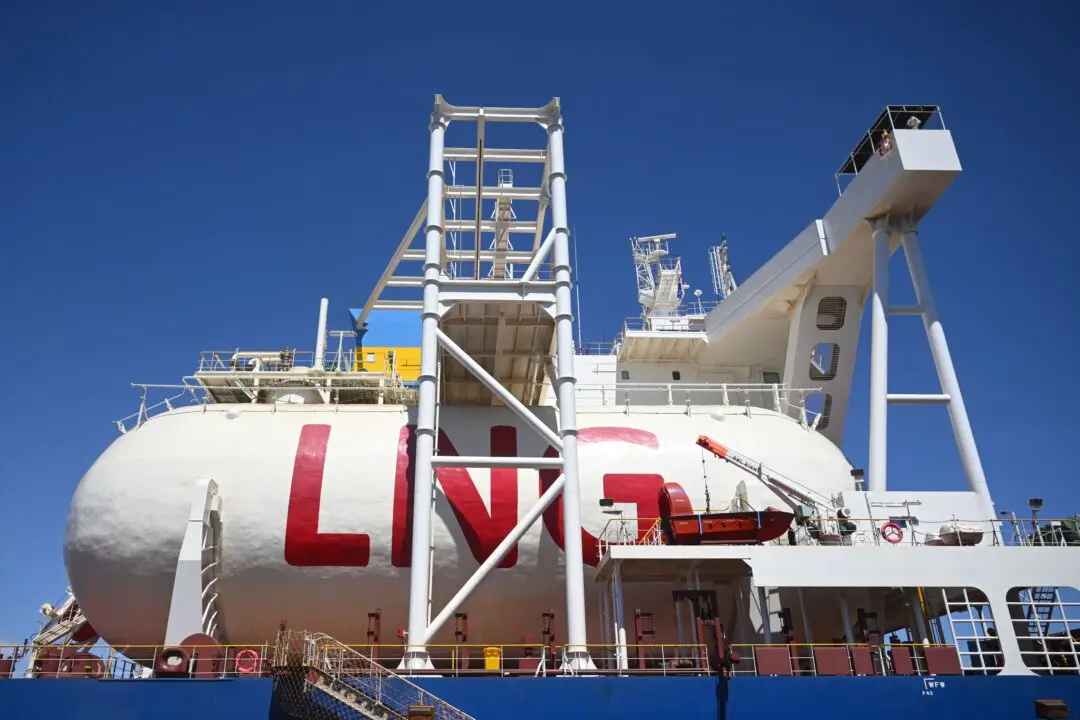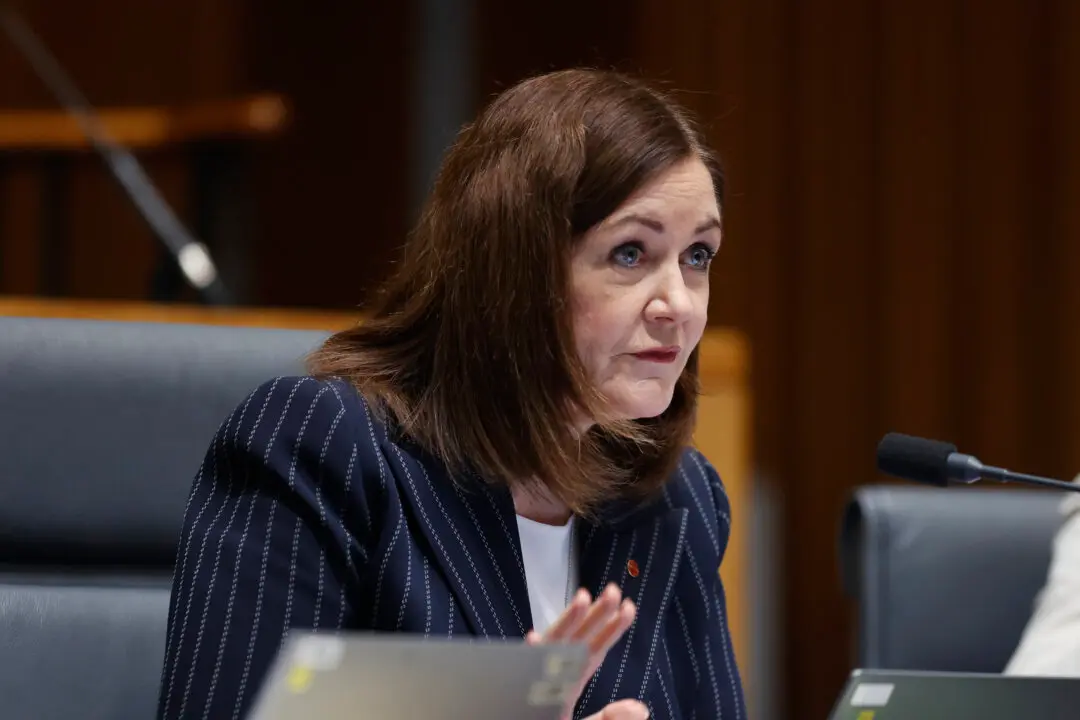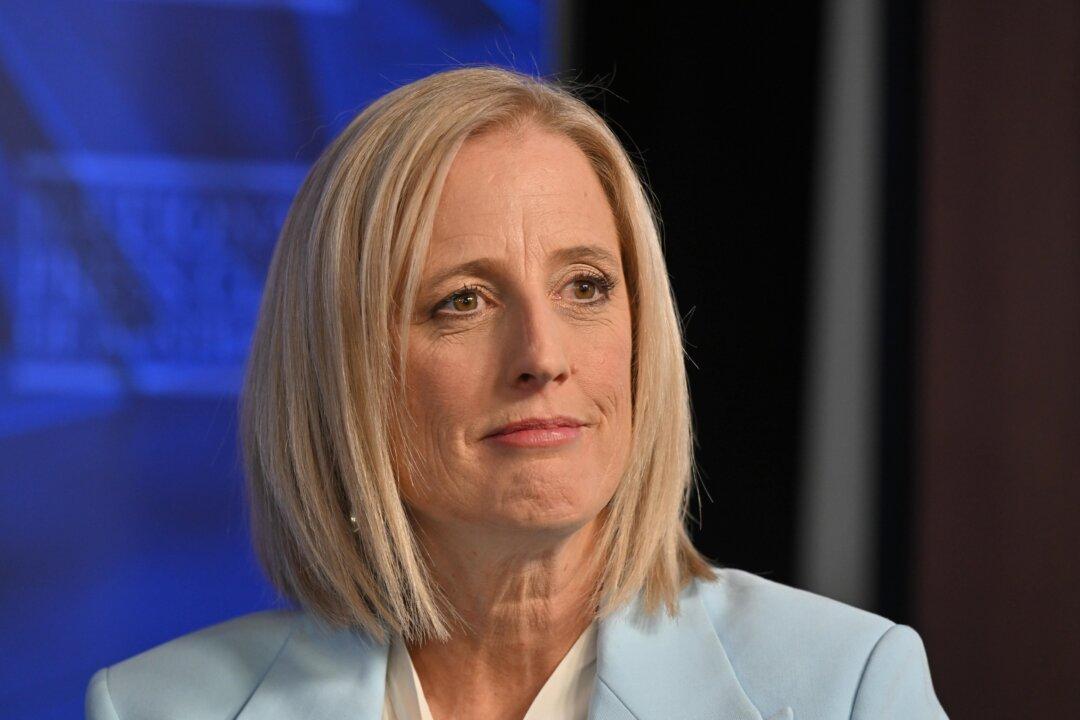The Australian economy is likely to face another interest rate increase in February and the following months as the higher-than-expected inflation figures raise the possibility of the central bank taking further action.
The latest Australian Bureau of Statistics data reveals that the annual inflation rate reached 7.8 percent in the 2022 December quarter, up from 7.3 percent in the previous three months.





